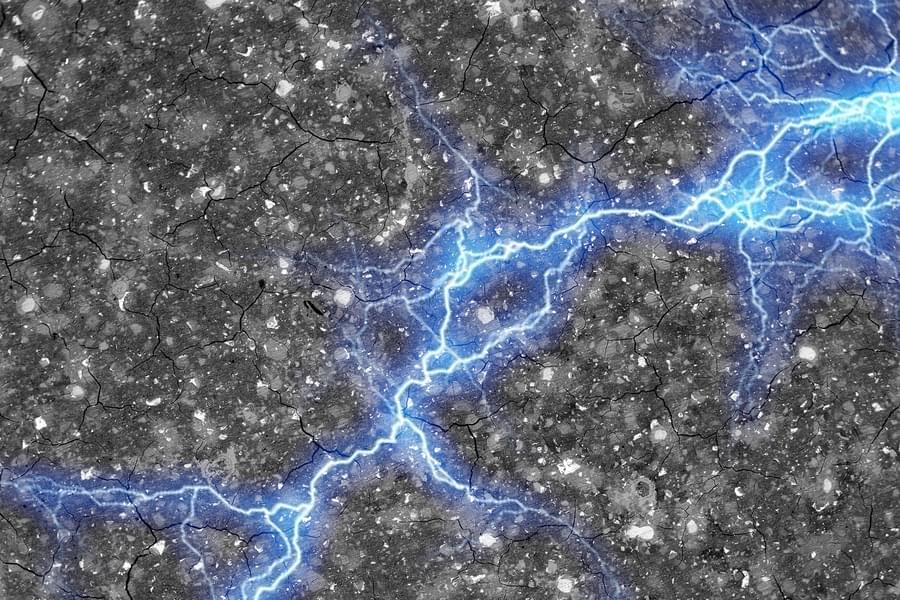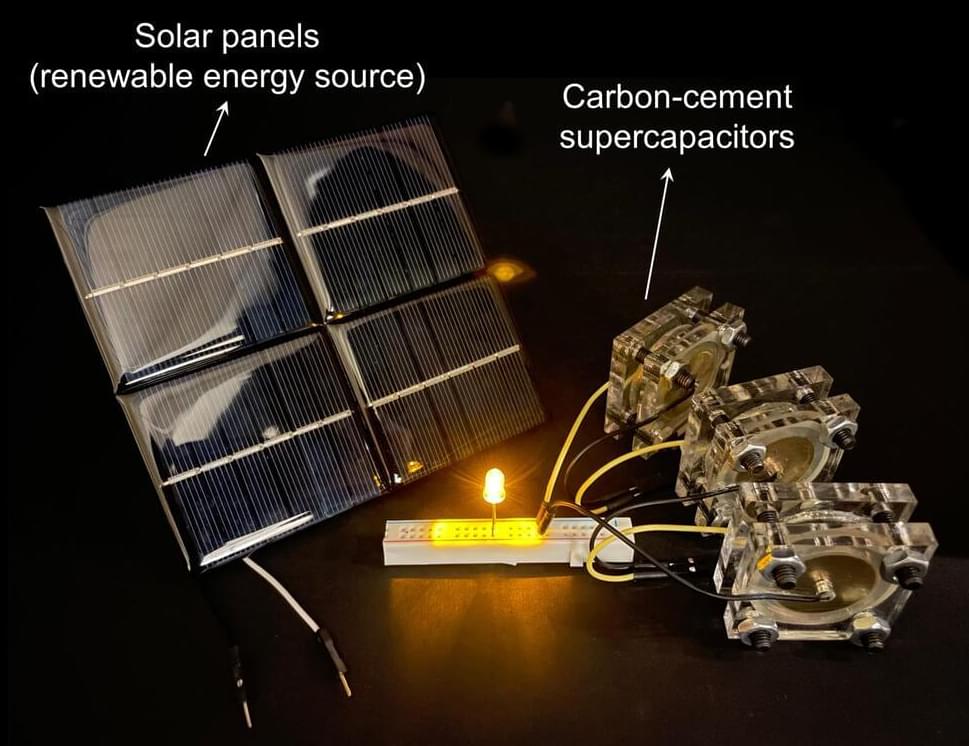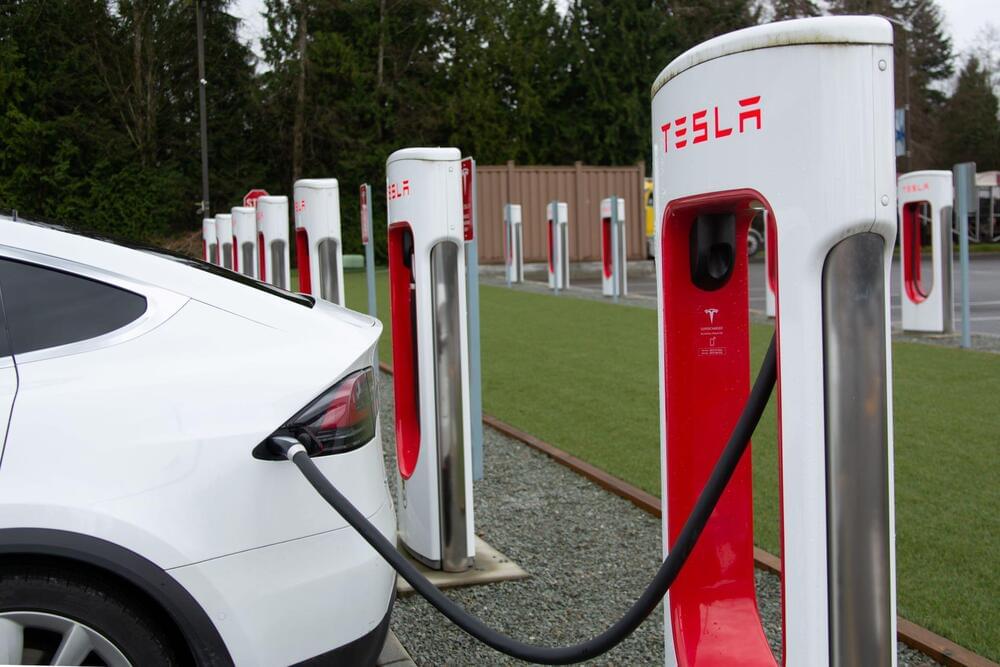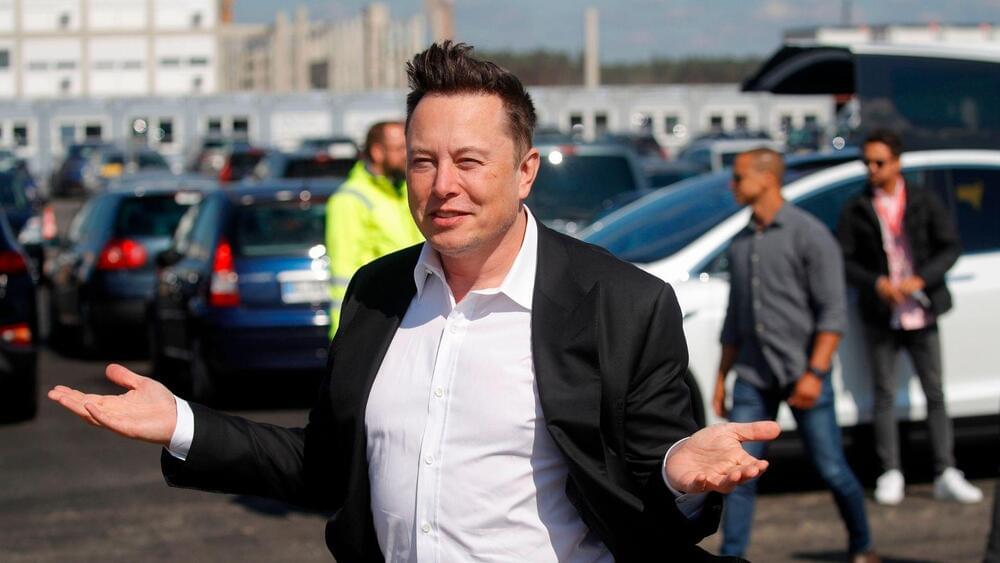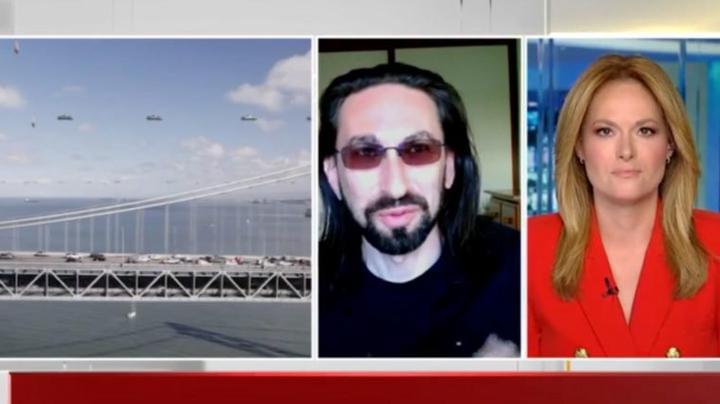MIT researchers have discovered that when you mix cement and carbon black with water, the resulting concrete self-assembles into an energy-storing supercapacitor that can put out enough juice to power a home or fast-charge electric cars.
We’ve written before about the idea of using concrete for energy storage – back in 2021, a team from the Chalmers University of Technology showed how useful amounts of electrical energy could be stored in concrete poured around carbon fiber mesh electrodes, with mixed-in carbon fibers to add conductivity.
MIT’s discovery appears to take things to the next level, since it does away with the need to lay mesh electrodes into the concrete, and instead allows the carbon black to form its own connected electrode structures as part of the curing process.
